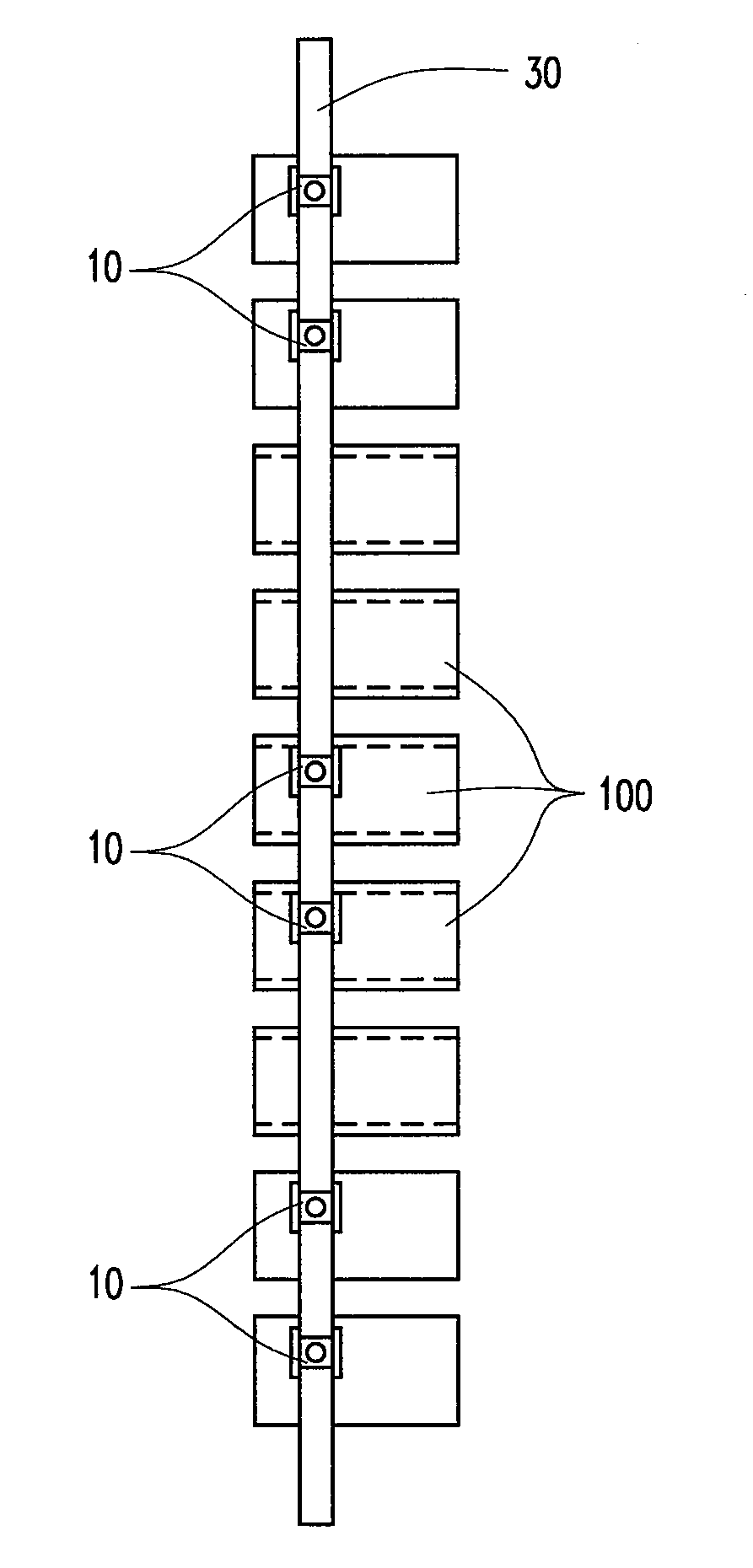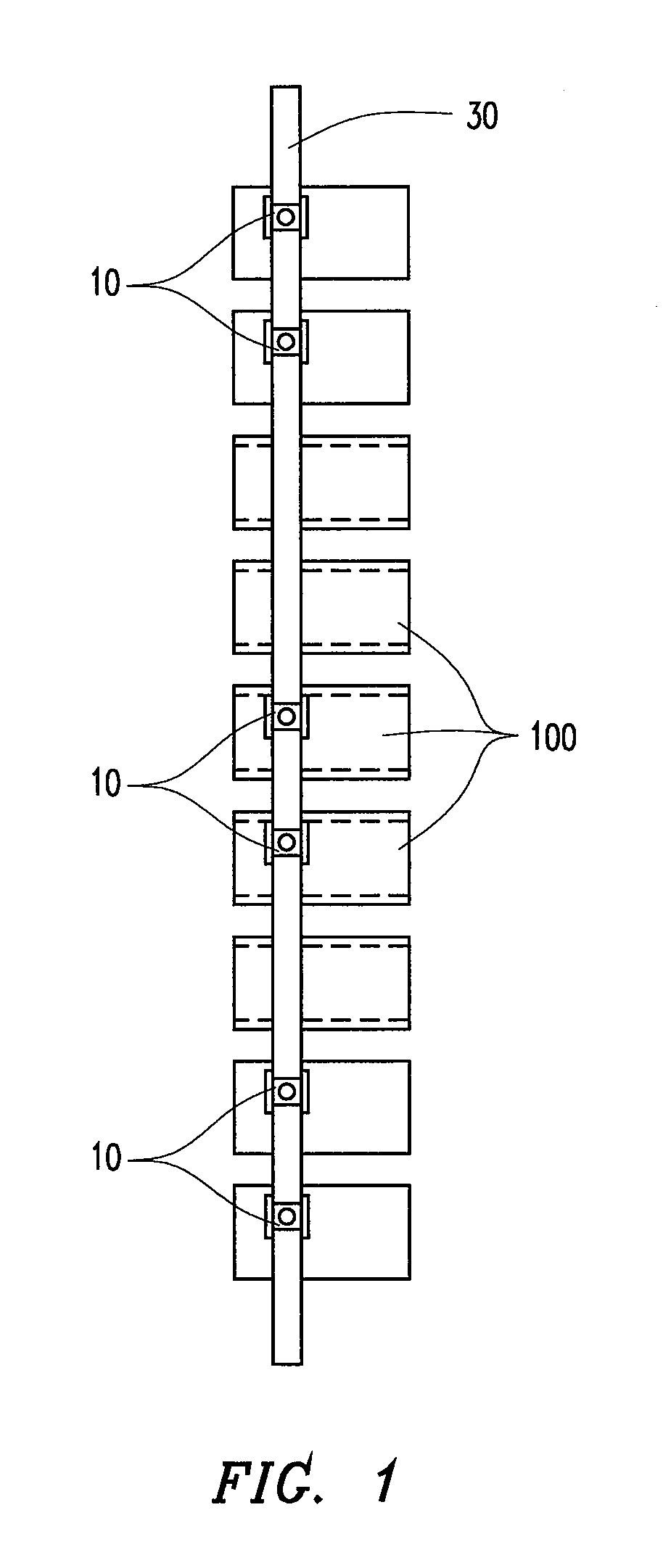System and method for aligning vertebrae in the amelioration of aberrant spinal column deviation conditions in patients requiring the accomodation of spinal column growth or elongation
a technology of vertebrae and spinal column, applied in the field of spinal deformity management and correction methods and equipment, can solve the problems of significant patient risks, hardware dislocation, and inability to meet the needs of patients requiring the accomodation of spinal column growth or elongation, so as to achieve the elimination of substantially all risk spinal rod system components, the effect of reducing the risk of hardware dislocation and high success ra
- Summary
- Abstract
- Description
- Claims
- Application Information
AI Technical Summary
Benefits of technology
Problems solved by technology
Method used
Image
Examples
Embodiment Construction
[0025]With reference to FIGS. 1-4 the growing rod spinal deviation correction system of the present invention includes a number of pedicle screws 10, each implanted in respective vertebrae 100 to which forces will be applied by way of a properly contoured spinal rod 30, initially to achieve a scoliotic correction in an initial surgical intervention, and thereafter to maintain the desired correction, even as the patient grows.
[0026]With particular reference to FIGS. 2 and 4, pedicle screws 10 and spinal rod 30 are respectively configured such that pedicle screws 10 may, in a “slide-only engagement” slide longitudinally along the length of spinal rod 30, but the same are constrained from any axial rotation and other undesirable movement because of the respective geometry of the spinal rod 30 and the portion of pedicle screws 10 with which the spinal rod 30 is mechanically linked (the “rod engagement means”).
[0027]The depicted embodiment of spinal rod 30 shown in the drawings is of a s...
PUM
 Login to View More
Login to View More Abstract
Description
Claims
Application Information
 Login to View More
Login to View More - R&D
- Intellectual Property
- Life Sciences
- Materials
- Tech Scout
- Unparalleled Data Quality
- Higher Quality Content
- 60% Fewer Hallucinations
Browse by: Latest US Patents, China's latest patents, Technical Efficacy Thesaurus, Application Domain, Technology Topic, Popular Technical Reports.
© 2025 PatSnap. All rights reserved.Legal|Privacy policy|Modern Slavery Act Transparency Statement|Sitemap|About US| Contact US: help@patsnap.com



